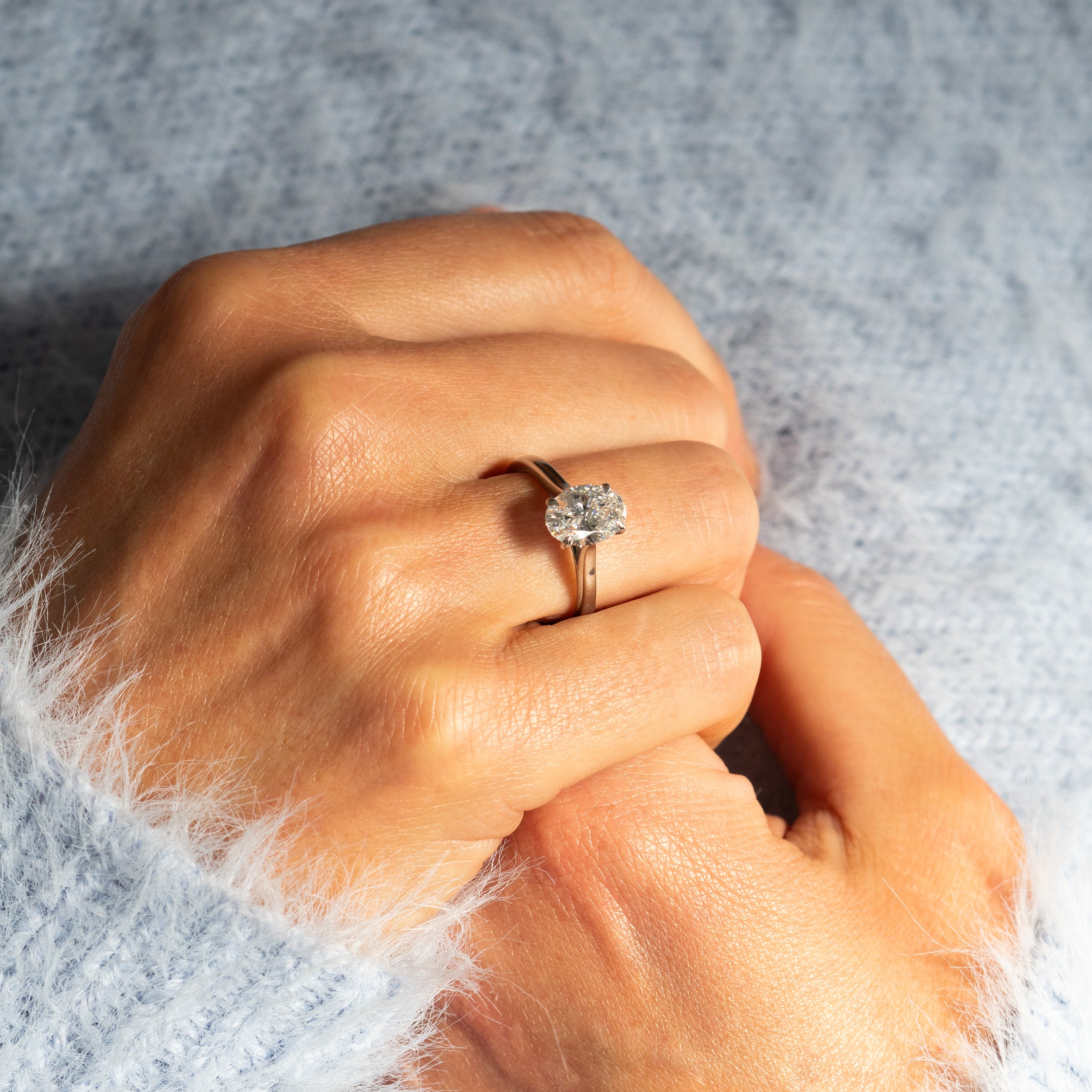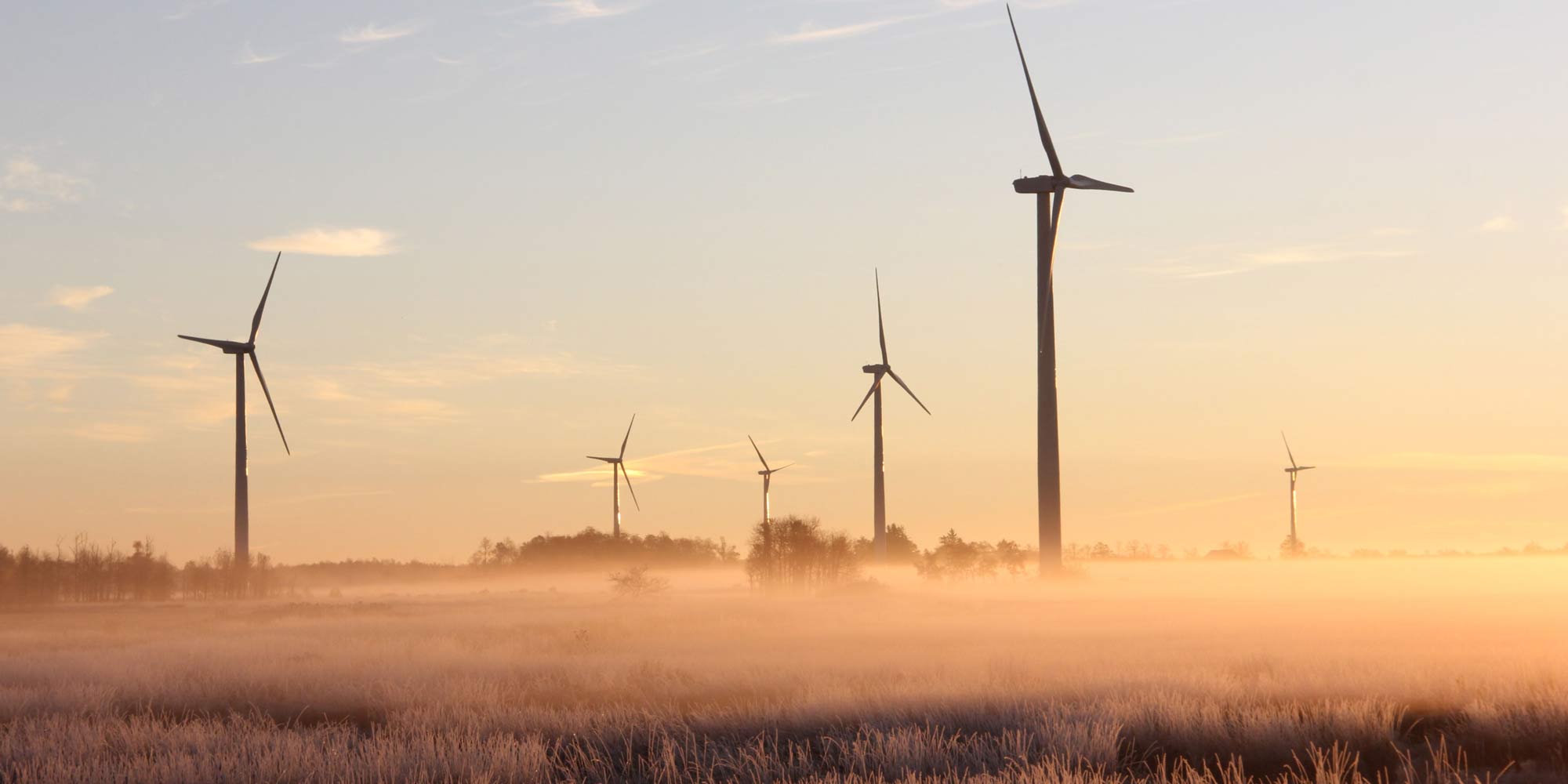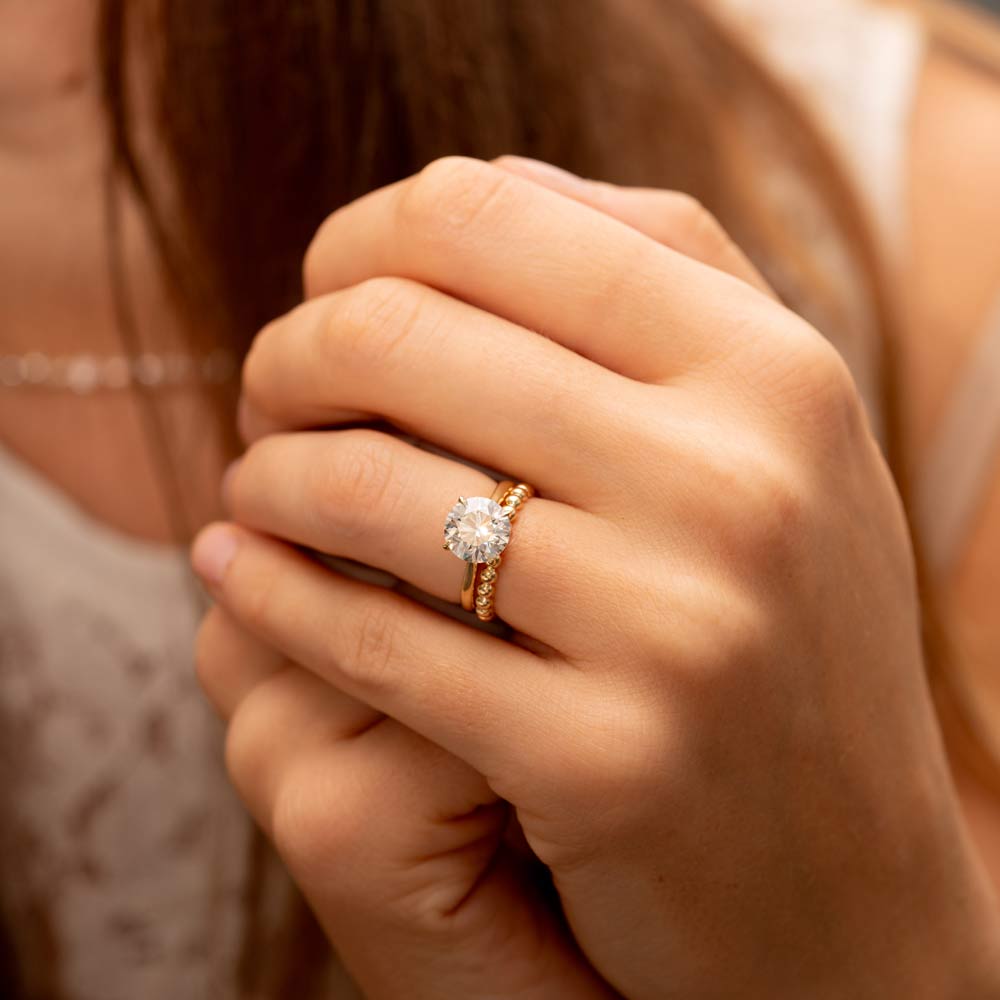Education and awareness are crucial in creating a healthy, equitable environment. Society needs to foster a culture of inclusivity, where diversity is celebrated and differences are seen as strengths, rather than as reasons for exclusion or discrimination.
Sustainable Development Goals
Sustainable Development Goals (SDGs) are a set of 17 global goals established by the United Nations in 2015 as part of the 2030 Agenda for Sustainable Development. These goals address a wide range of social, economic, and environmental issues with the aim of ending poverty, protecting the planet, and ensuring prosperity for all. Our focus as a business is guided by eight of these SDG's which steer our decisions and influence how we engage with our team, clients and the community.

We craft beautiful jewellery using 100% recycled gold and ethically sourced materials. This commitment to sustainability extends beyond the piece, with 100% FSC-certified and fully recyclable packaging, ensuring your treasured possession treads lightly on the Earth.

We are proudly supporting the charity How Many Elephants, which supports direct-action, women-focused conservation initiatives in Africa and globally, that are empowering women and indigenous communities to protect wildlife and wild spaces.

One of our chosen local charities is Surfers Against Sewage who support water lovers creating Ocean Activists everywhere for a thriving ocean & people. They are a community dedicated to the protection of oceans, waves, beaches and wildlife.

We are an accredited Living Wage Employer in the UK, and we are committed to ensuring fair wages for all members of our team and contractors. In addition, we provide flexible contracts and opportunities for career advancement to support the growth and well-being of our employees.

We are actively taking steps to reduce our environmental impact & drive positive change with net zero plans. Our jewellery makers are committed to meeting the compliance standards of SCS, RJC, and SMEETA and are also dedicated to achieving net zero emissions.

At our company, we are happy to share that we have a female founder and a team where the majority are women. Two out of our three Directors are women, reflecting our commitment to gender equality.

Collaboration is an important aspect of sustainable leadership that goes beyond our industry boundaries. We only work with organisations that share our values.

Reducing inequality is an essential aspect of our mission, and we are committed to achieving this goal by supporting charities and forming local partnerships. This includes actively volunteering in the community and providing resources to those in need.


C-® Carbon Negative Diamonds
The energy required to grow a diamond in a lab is still significant, with carbon emissions recorded at being around 1 ton carbon for every 3 diamonds produced at 1 carat each. The only way to ensure lab diamonds are sustainable is by using 100% renewable energy to grow them.
Carbon Negative C-® diamonds go a step further than carbon neutral. Not only is the energy used to grow them renewable, but in addition more CO2 is removed from the atmosphere than they emit during production, so they have a net negative footprint.


Prioritising Clean Technology
Sustainability is our passion and we take dedicated steps to show complete transparency in our supply chain, which is why we have carefully chosen a handful of diamond growing partners around the world who are committed to sustainability based on protecting the climate and investments in clean technology.


100% Recycled Gold
As part of our commitment to environmental responsibility, Ethica Diamonds uses 100% recycled and re-refined gold in our fine jewellery with no compromise to the quality or durability.
There is no difference between recycled gold or newly mined gold and both pass the required strict Assay Assured standards for purity.
Upon request, all the Ethica Collection pieces or your own bespoke commission can be expertly crafted to order set with 100% Sustainably Rated Diamonds and 100% Recycled Gold with the expert help from our Concierge Team.


Fully Traceable Platinum
In addition to our 100% recycled gold, one of our main platinum suppliers adheres to the highest ethical standards and has implemented chain of custody traceability practices. This meticulous system tracks the platinum journey, from the point of origin to our jewellery manufacturing facilities and is certified by the SCS.
Our Partners' Independent Accreditation
Ethica work with carefully chosen partners to make our jewellery which are listed below. These suppliers have been audited by third party global organisations and are certified that they adhere to strict & comprehensive sustainability standards. Please contact us if you wish to know specifically which of these bodies are relevant to the pice of jewellery you are looking to purchase from us.
Responsible Business Practice FAQ's
What is a C-® Carbon Negative Diamond®?
C-® Carbon Negative Diamonds contain carbon captured from our atmosphere, as well as using 100% renewable energy for their production, which results in a net carbon negative status.
This ensures the highest ethical and environmental standards that are based on climate concerns and investments in clean technology.
Do you use external audits?
RESPONSIBLE JEWELLERY COUNCIL
The RJC is a standards-setting organisation established to advance responsible ethical, human rights, social and environmental practices throughout the gold, silver, platinum group metals, diamond and coloured gemstone jewellery supply chain.
The RJC has developed a benchmark standard for the jewellery supply chain and credible mechanisms for verifying responsible business practices through third-party auditing. RJC members commit
to business operations in accordance with the RJC Code of Practices Standard and commit to
integrating ethical, human rights, social and environmental considerations into day-to-day
operations, business planning activities and decision-making processes.
SCIENTIFIC CERTIFICATION SYSTEMS
This standard ensures that precious metals and jewellery are made with 100% recycled gold, and not “conflict” metals from questionable or illegal sources. This standard also covers fundamental benchmarks of social and environmental accountability, assuring that workers are treated fairly according to international labour standards, and that destructive environmental practices are avoided. All of our jewellery can be produced using this standard, but please contact us for details on which of our jewellery pieces are regularly made using 100% recycled SCS gold.
SMETA
Sedex Members Ethical Trade Audit Report - SMETA is an ethical audit. It is a globally - recognised way to assess responsible supply chain activities, covering Sedex’s four pillars of Labour: Health and Safety, Labour standards, Environment and Business ethics.
For example, it covers topics such as child labour, wages and benefits, working hours, discrimination, harsh or inhumane treatment etc.
As part of this test: The inspection body has a right to all of our factory surveillance, schedules, compensation, years of service, and much more. The inspectors randomly select 10 employees for 1 on 1 interviews as well as small group interviews, no management members involved.
You must have the ISO 14001 and ISO 9001 to qualify for SMETA audit.
What about the transportation of my jewellery if it’s not manufactured in the UK?
Our goal is to meticulously monitor energy consumption throughout the entire supply chain, spanning from the manufacturing stage to the point of sale and ultimately to the jewellery's final destination. This comprehensive approach ensures that our supply chain operates as close to carbon neutrality as possible, encompassing manufacturing and product transportation.
Moreover, we actively seek partnerships with shipping and logistics companies that operate on renewable energy and share our commitment to preserving the environment by offsetting their carbon footprint.
How do I know if the workforce in factories are treated fairly and if the factory is safe where my jewellery is made?
In addition to our commitment to sustainability and traceability, transparency is a core principle of our operations. Our rigorous vetting process, guided by the stringent criteria of the ESG practices, guarantees that all our diamond growing partners are dedicated to Fair Trade practices who regularly conduct thorough audits to ensure their ongoing adherence to these standards.
Why are natural diamonds not sustainable?
One of the major challenges the traditional diamond mining industry faces is its reliance on fossil fuels and De Beers produced 34.6 million carats of diamonds between 2022 and 2023, using over 455 million tons of displaced earth, 1.3 billion litres of fossil fuel, and 372 billion litres of water in their production. Other challenges include destabilising ecosystems, pollution & poisoning water supplies & massive health risks for local communities.
To produce just 1 carat of earth mined diamonds, approximately 100 square feet of land is disturbed and one out of 1,000 workers are injured.
Are lab diamonds sustainable?
At Ethica, we only use lab grown diamonds, bypassing the whole Conflict Free conversation entirely. However, what they do not bypass by default is the Sustainability conversation; It is not a given that lab grown diamonds are fully sustainable simply because they are grown in a lab and not mined. The only way to ensure lab diamonds are sustainable is to record the energy used to grow them, and offset this carbon, or ensure the energy used to grow the diamond is from 100% renewable sources.
Do I pay more for a C-® Carbon Negative Diamond?
A C-® Carbon Negative Diamond commands a premium over regular lab-grown diamonds due to their adherence to elevated standards. By enforcing stringent standards, the operational expenses increase, necessitating a higher price point to ensure the accuracy and integrity of our diamonds.



